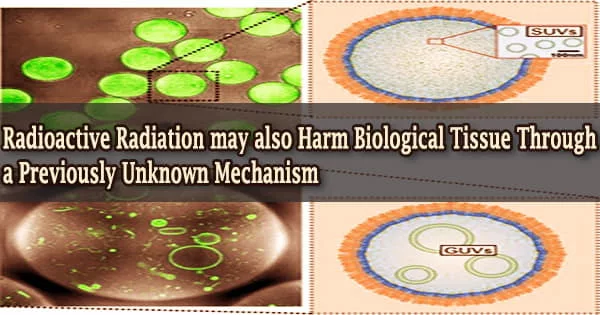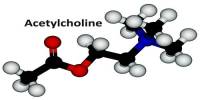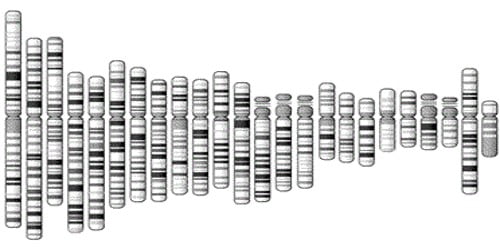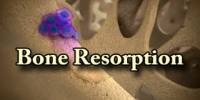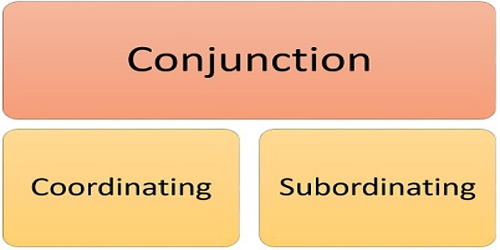More damaging chain reactions may occur when cells are exposed to ionizing radiation than previously assumed. For the first time, intermolecular Coulombic decay in organic molecules has been seen by an international team lead by researchers from the Max Planck Institute for Nuclear Physics in Heidelberg.
Ionizing radiation, such as that emitted by radioactivity or from space, causes this. The impact affects two nearby molecules, resulting in the breakage of bonds such as those found in DNA and proteins.
The discovery not only advances our understanding of radiation damage, but it may also aid in the hunt for more effective radiation treatment support chemicals.
When it comes to eliminating tumor tissue with ionizing radiation, sometimes the amount of radioactive damage isn’t enough. Substances that especially enhance the radiation’s damage in the tumor tissue are employed in radiation therapy.
Radioactivity is the property of certain forms of matter to spontaneously emit energy and subatomic particles. It’s essentially a property of individual atomic nuclei. Several naturally occurring elements, as well as artificially manufactured isotopes of the elements, have radioactive decay as a feature.
“The intermolecular Coulombic decay we found could help make such sensitizers more effective,” says Alexander Dorn, who heads a research group at the Max Planck Institute for Nuclear Physics and was instrumental in the current study.
His findings could also help us better understand how ionizing radiation, whether artificial or natural, destroys the genetic material of healthy tissue.
Excess energy leads to a Coulomb explosion
The genome’s DNA double helix resembles a rope ladder with nucleic base-pair rungs. “We used pairs of benzene molecules as a model system since experiments with unbound nucleic bases are problematic,” Dorn adds.
These hydrocarbon rings are joined in the same way as nucleic bases in a strand of DNA are stacked on top of each other. The researchers used electrons to attack the benzene pairs, simulating radioactive radiation to some extent.
The intermolecular Coulombic decay we found could help make such sensitizers more effective. We used pairs of benzene molecules as a model system since experiments with unbound nucleic bases are problematic.
Alexander Dorn
When an electron collided with a benzene molecule, it ionized and became highly charged. The researchers have discovered that the molecule shared some of its energy with its partner molecule. This increase in energy was sufficient to ionize the second molecule as well.
As a result, both molecules became positively charged. That, of course, did not last long. In a Coulomb explosion, the two molecular ions repelled each other and flew away.
Until, scientists believed that ionizing radiation only caused indirect harm to biomolecules. The high-energy radiation also ionizes the water that makes up most of a cell and surrounds macromolecules like DNA.
The DNA is then attacked by ionized water molecules, particularly hydroxide ions. And if a beta radiation electron or a gamma quantum hits a DNA molecule directly, the excess energy is generally absorbed by internal processes in the molecule. As a result, it is undamaged.
That was, at least, the assumption up until now. In any event, weak interactions between distinct molecules or portions of the molecule, such as those found in DNA and proteins, should remain unaffected.
The researchers discovered that radioactive radiation can indeed disrupt such bonds in their reaction microscope. This technology allows them to describe the electrons emitted as well as detect and measure the two separated benzene molecules.
Fatal consequences of multiple DNA breaks
“It is not yet clear how the intermolecular Coulombic decay affects the DNA strand,” says Dorn. If a single strand in the DNA ladder breaks, the consequences should not be too serious.
However, the observed mechanism also releases a number of electrons that potentially “blow up” further pairs of molecules. And if both strands of DNA are disrupted in the same area, it might be lethal.
Dorn’s team will now blast pairs of nucleic acids with electrons under the reaction microscope to better examine the effect of radiation on genetic material.
“This is experimentally challenging because we have to heat the nucleic bases in order to vaporize them,” explains Dorn. “But they must not get too hot either so that they are not destroyed.”
Nuclear doctors can also follow the Heidelberg team’s trail to more effective sensitizers, which began with the discovery of intermolecular Coulombic disintegration. As a result, the process could be significant for both types of radiation damage: those that should be avoided at all costs and those that should be maximized.
